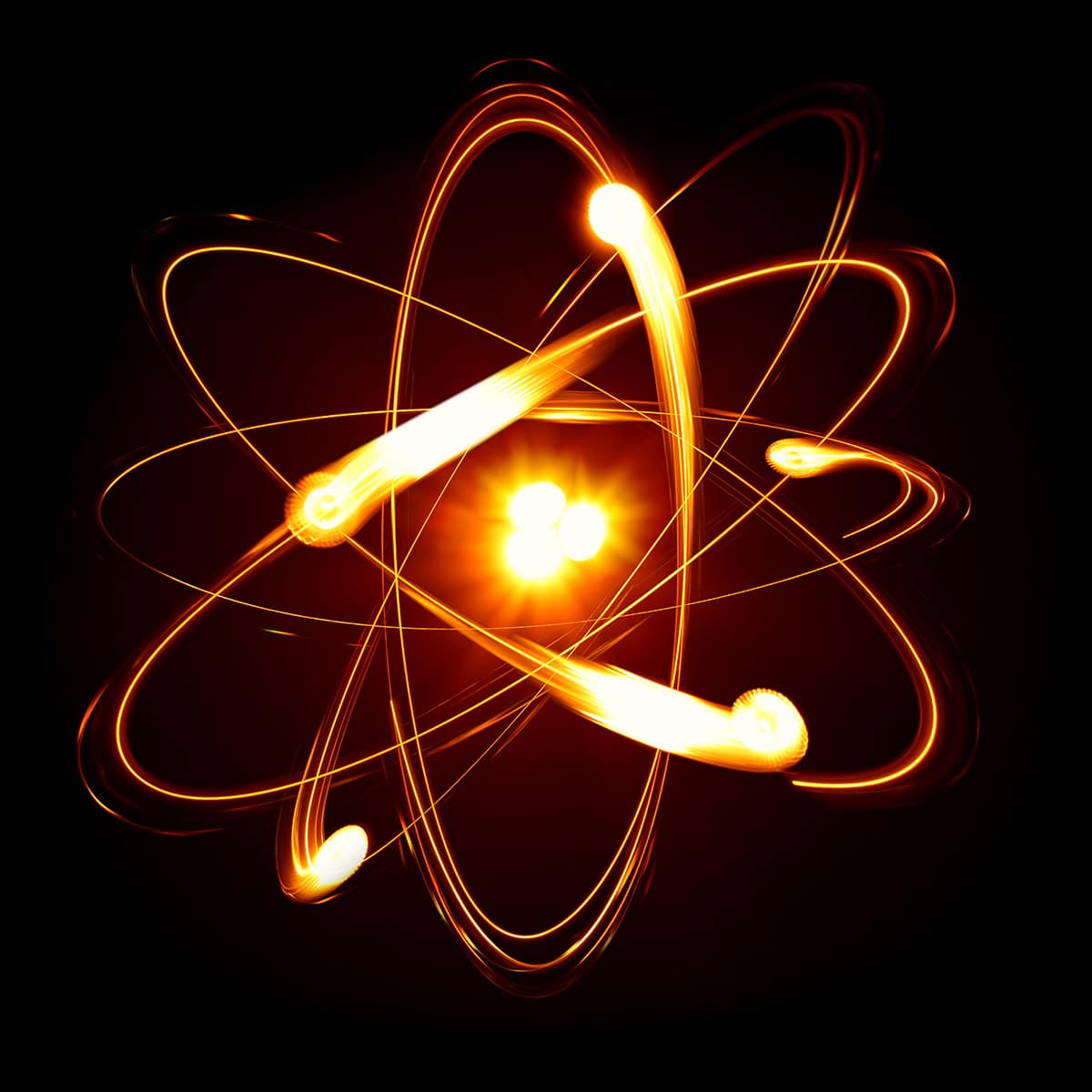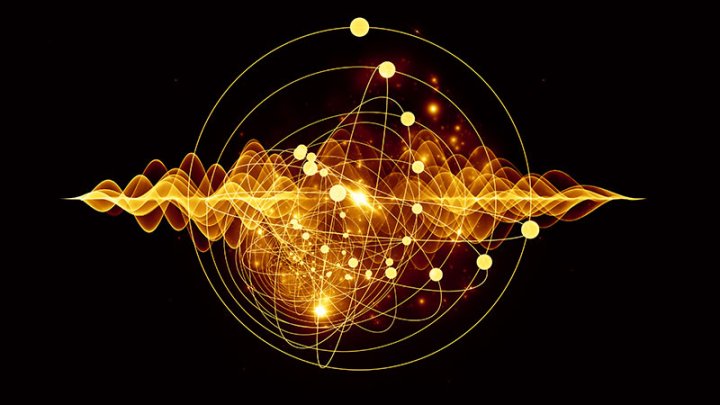Bhors Atomic Model
Published:
Bohr’s Atomic Model (also spelled “Bhor” in some transliterations) was proposed by Niels Bohr in 1913 to explain how electrons behave in atoms, particularly the hydrogen atom. It built on Rutherford’s model and introduced quantum theory concepts.
🔬 Key Postulates of Bohr’s Atomic Model:
Electrons revolve in fixed orbits (energy levels):
- Electrons revolve around the nucleus in specific circular paths called shells or orbits (labeled as K, L, M, etc.).
- These orbits are quantized — only certain orbits are allowed.
No energy is radiated in stable orbits:
- As long as an electron stays in a fixed orbit, it does not emit energy (unlike classical theory which predicted spiraling into the nucleus).
- These orbits are called stationary states.
Energy is absorbed/emitted only during transitions:
- Electrons can jump from one orbit to another by absorbing or emitting a photon of specific energy.
The energy of the photon:
\[E = h \nu = E_2 - E_1\]where $h$ = Planck’s constant, $\nu$ = frequency of radiation, and $E_2, E_1$ = energies of higher and lower levels.
Angular momentum is quantized:
The angular momentum $L$ of an electron in orbit is given by:
\[L = n \frac{h}{2\pi}\]where $n$ = principal quantum number (1, 2, 3…), $h$ = Planck’s constant.
🧪 Successes of Bohr’s Model:
- Explained the line spectrum of hydrogen accurately.
- Introduced the idea of quantized energy levels.
- Laid the foundation for quantum mechanics.
🚫 Limitations:
- Couldn’t explain spectra of atoms with more than one electron.
- Didn’t account for Zeeman effect (splitting in magnetic field) or fine structure.
- Treats electrons as particles in fixed orbits, which is inaccurate in modern quantum theory.
🧠 Modern Perspective:
Bohr’s model was replaced by quantum mechanical models, especially the Schrödinger model, which treats electrons as wavefunctions rather than particles in orbits.
🌀 Visualization:
- Imagine planets revolving around the sun — but instead of gravity, it’s electrostatic attraction.
- Only certain distances from the sun (nucleus) are allowed — that’s quantization.

